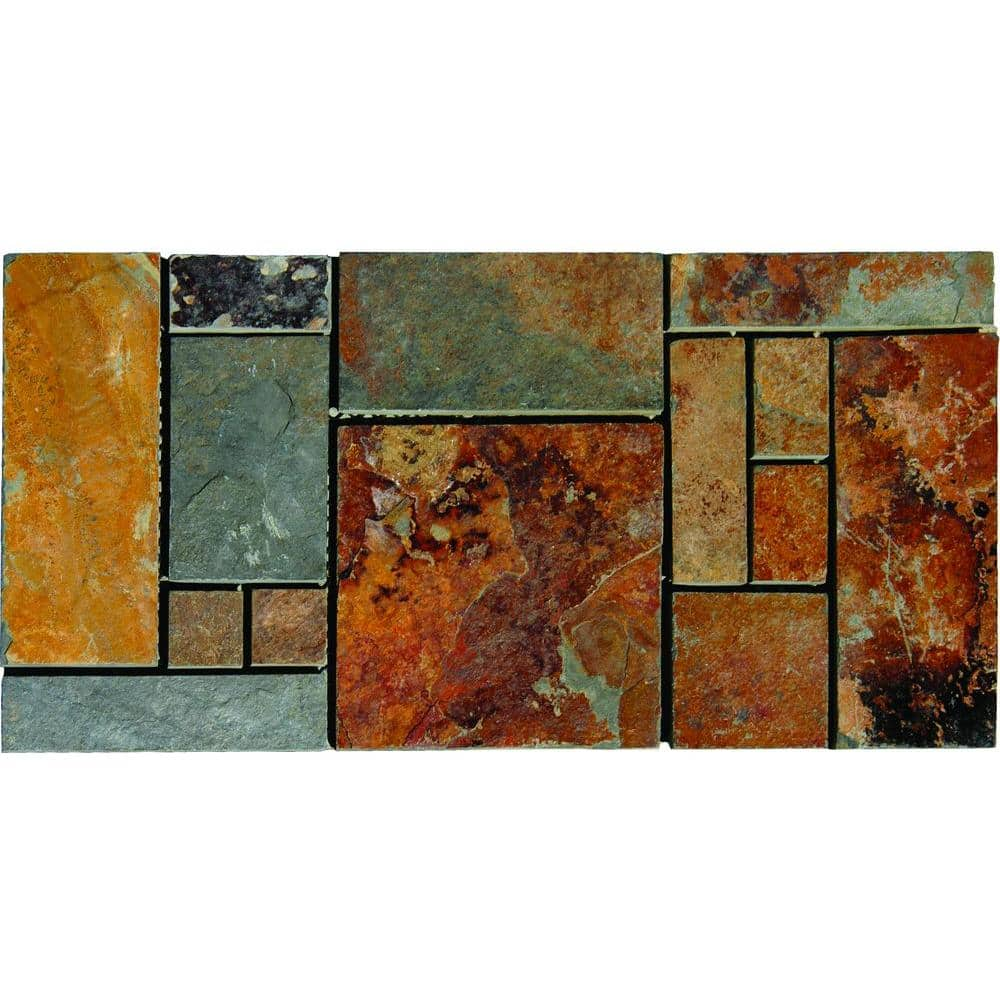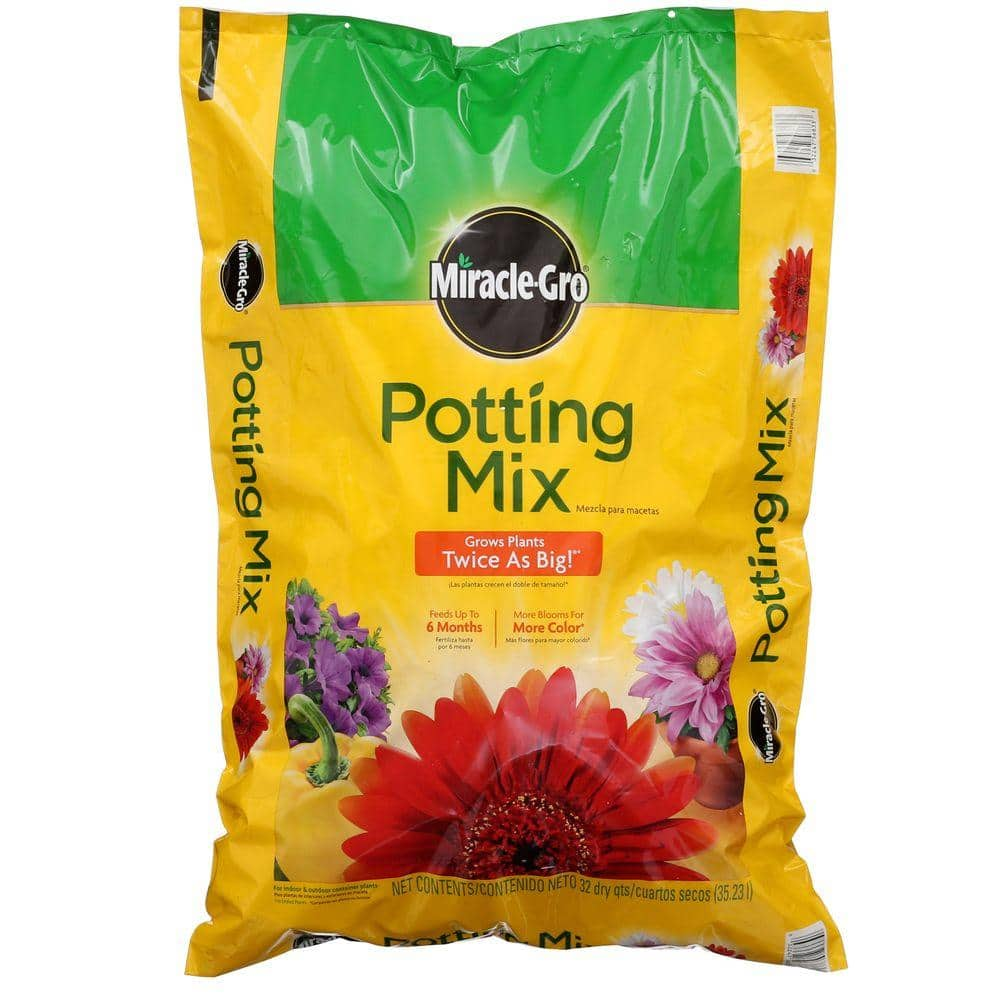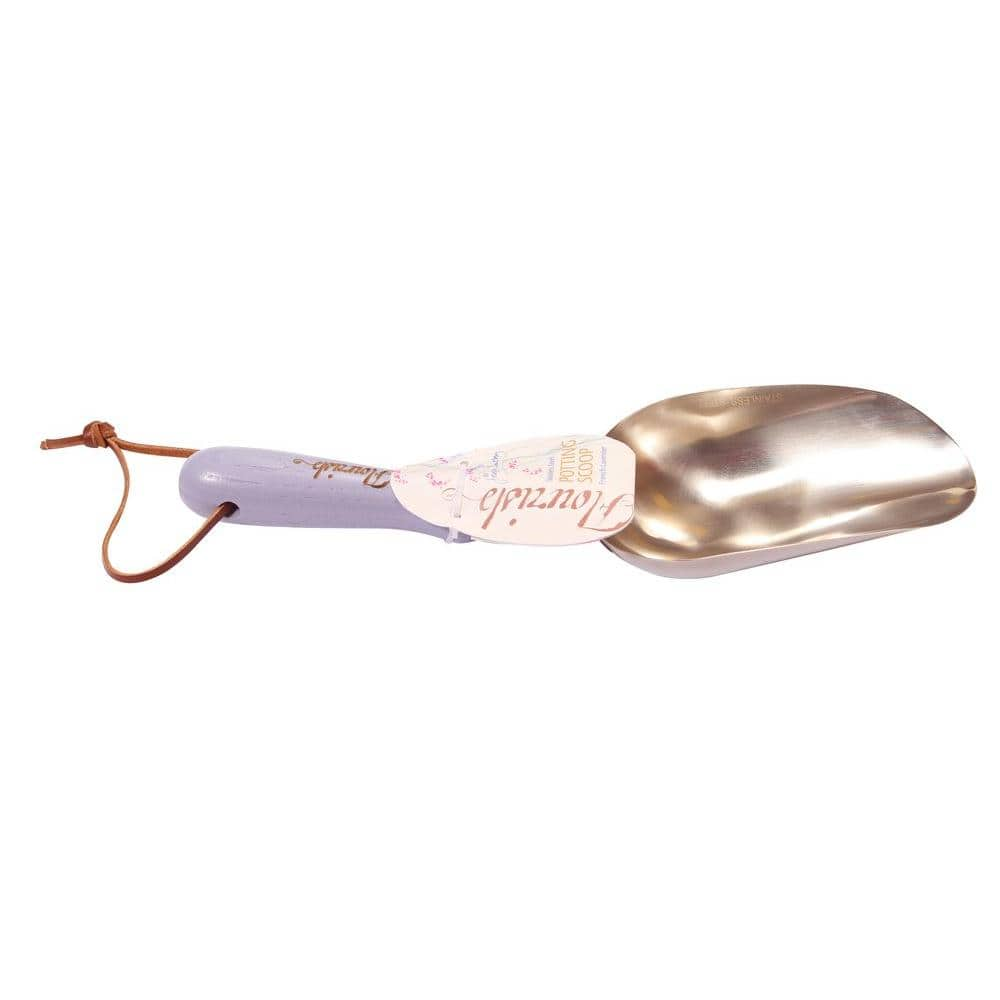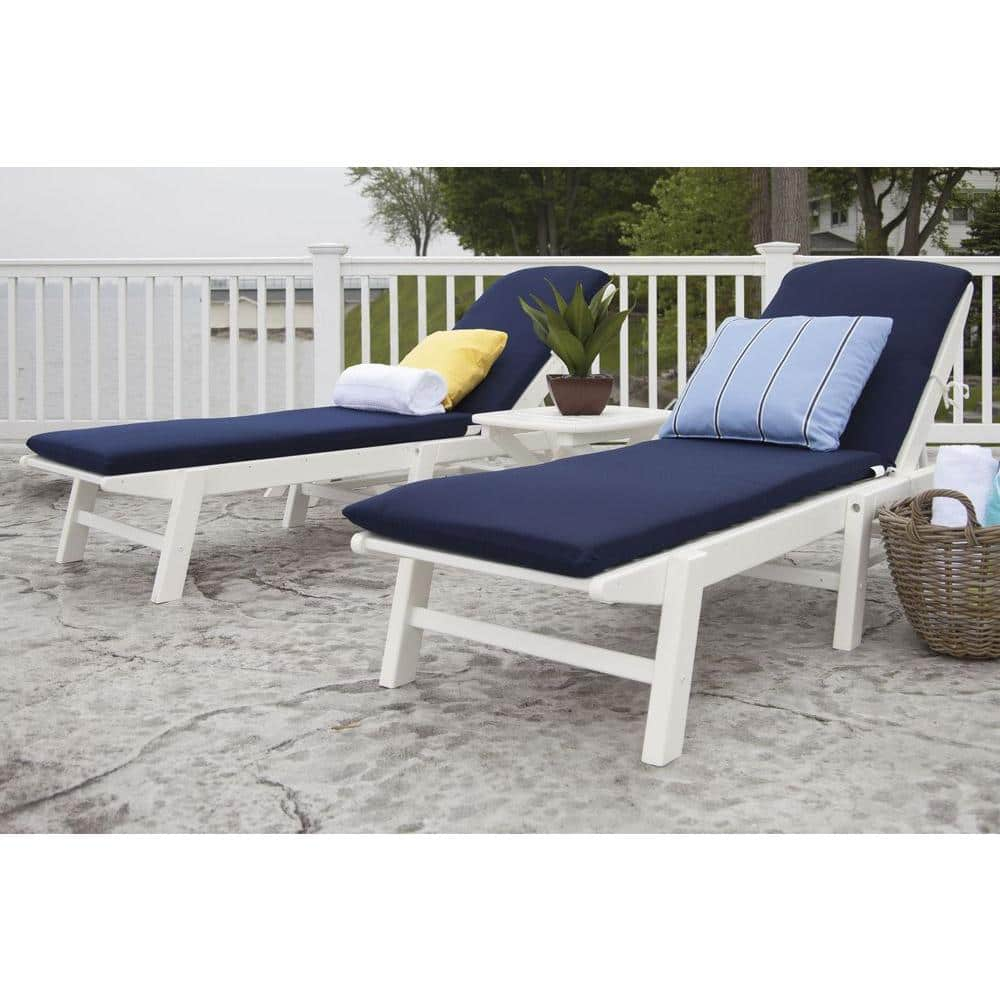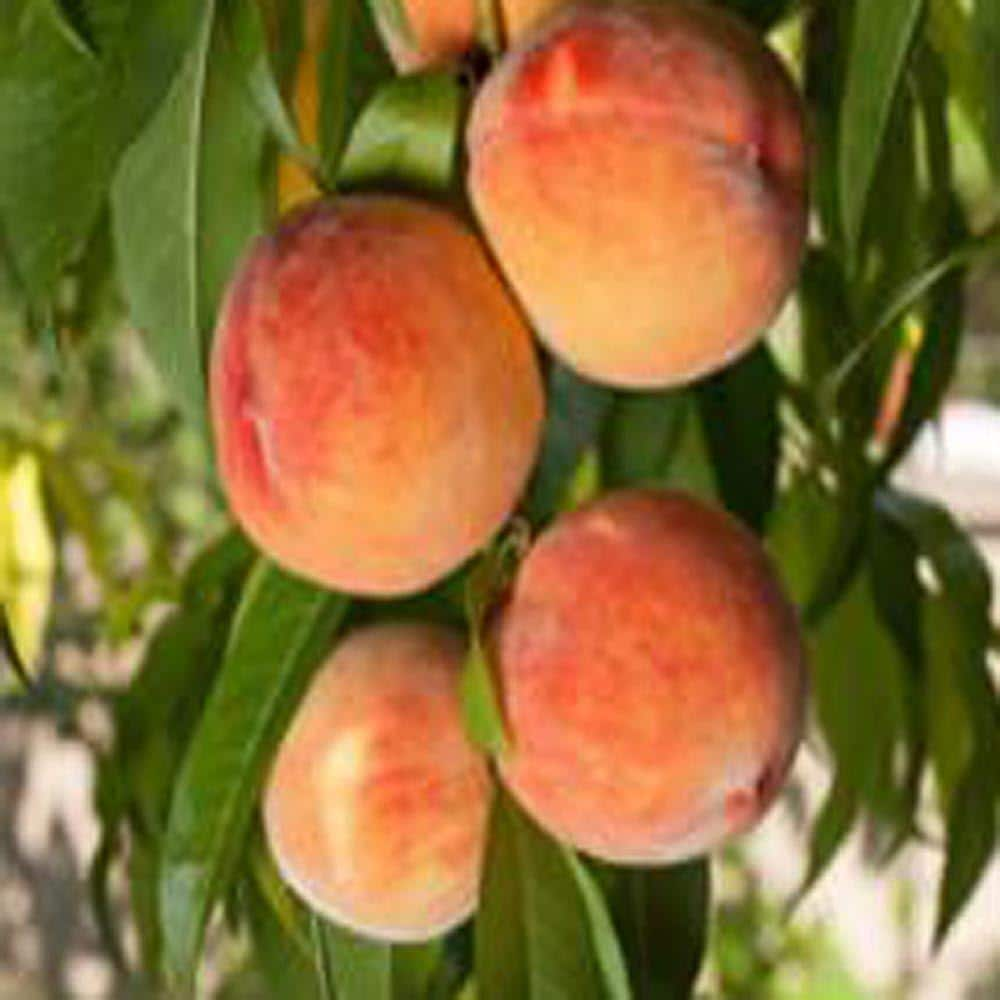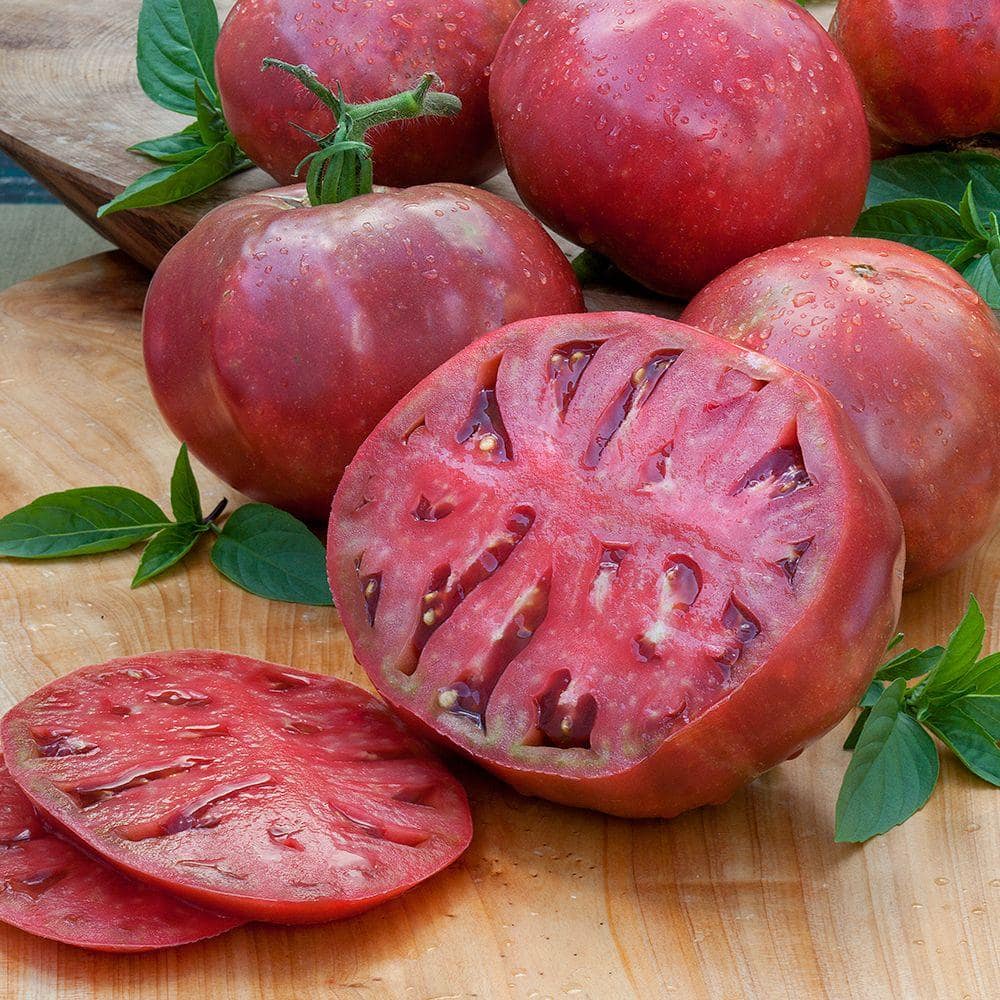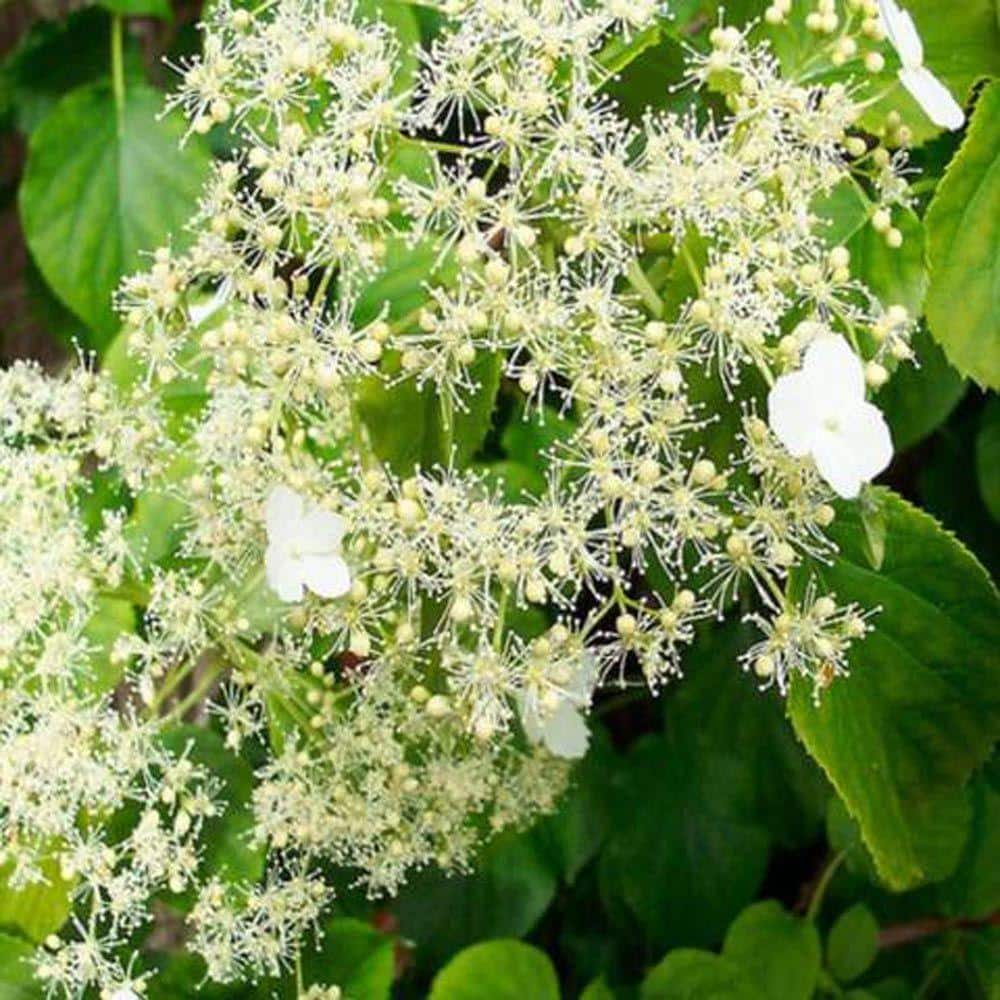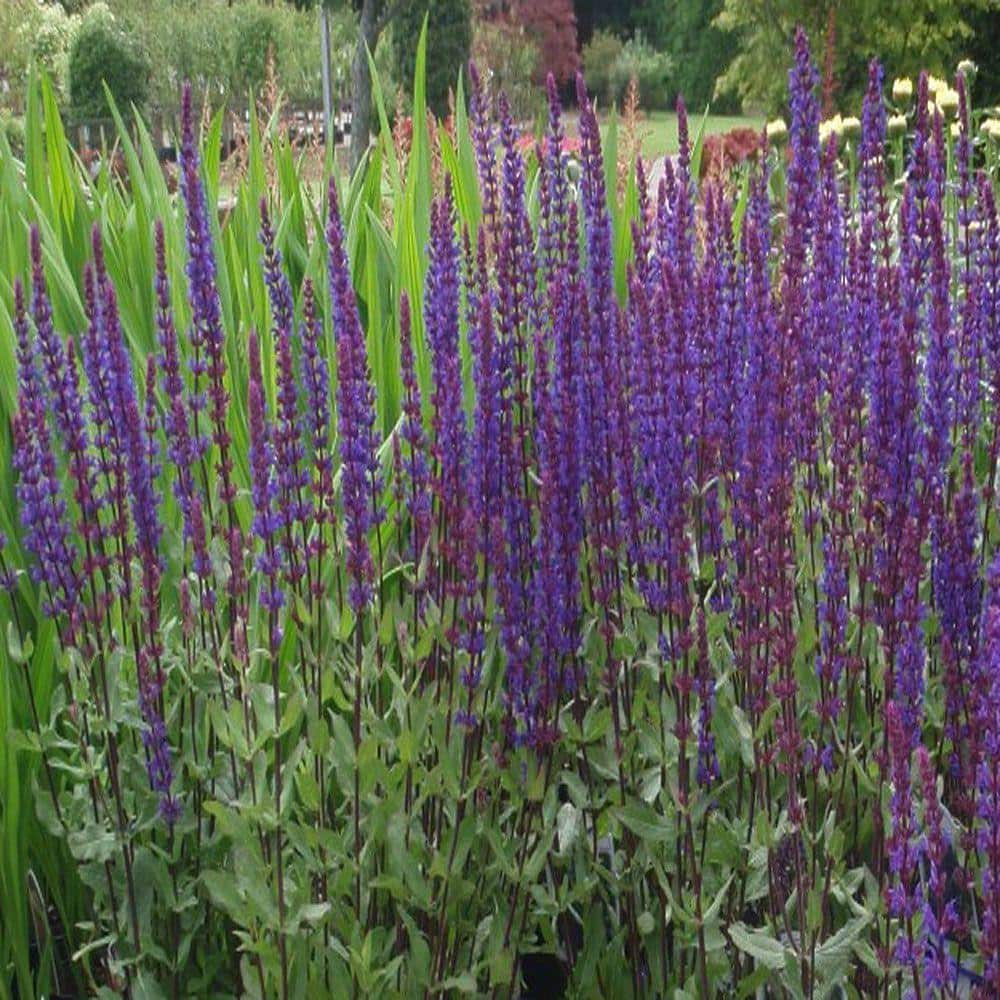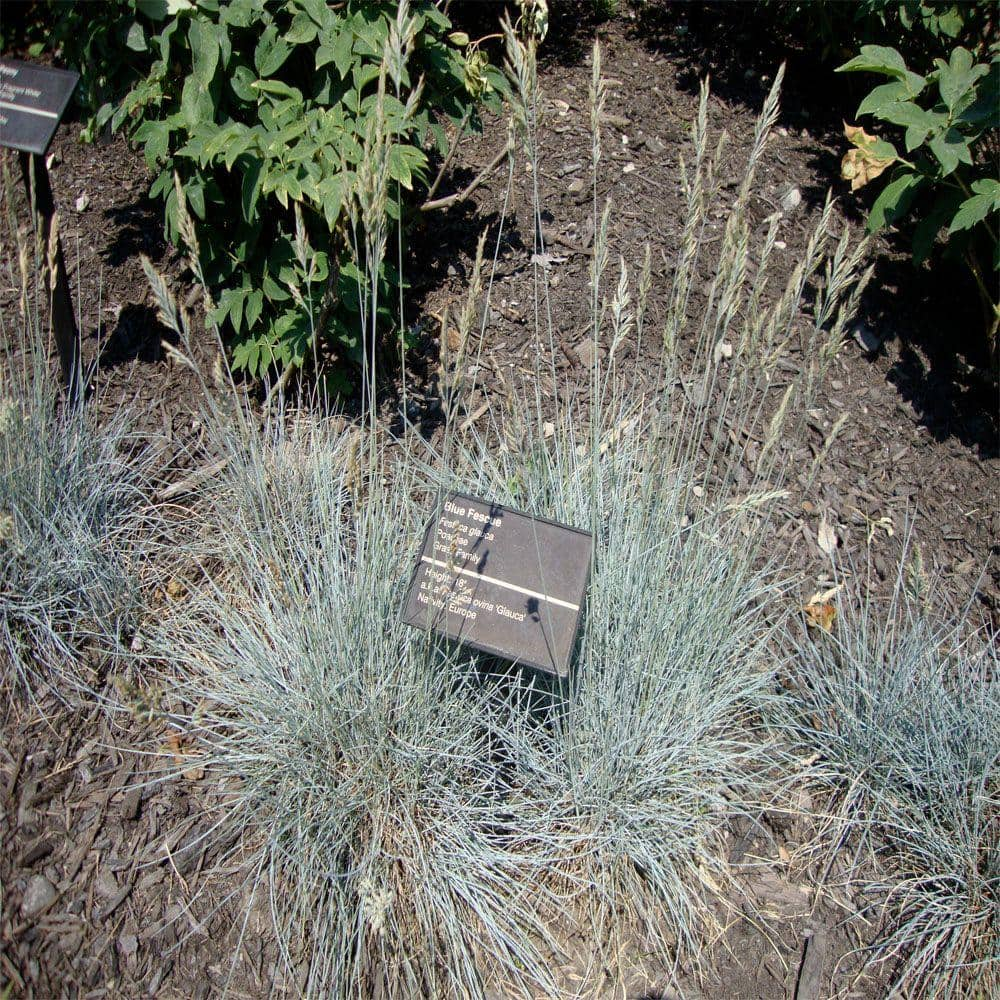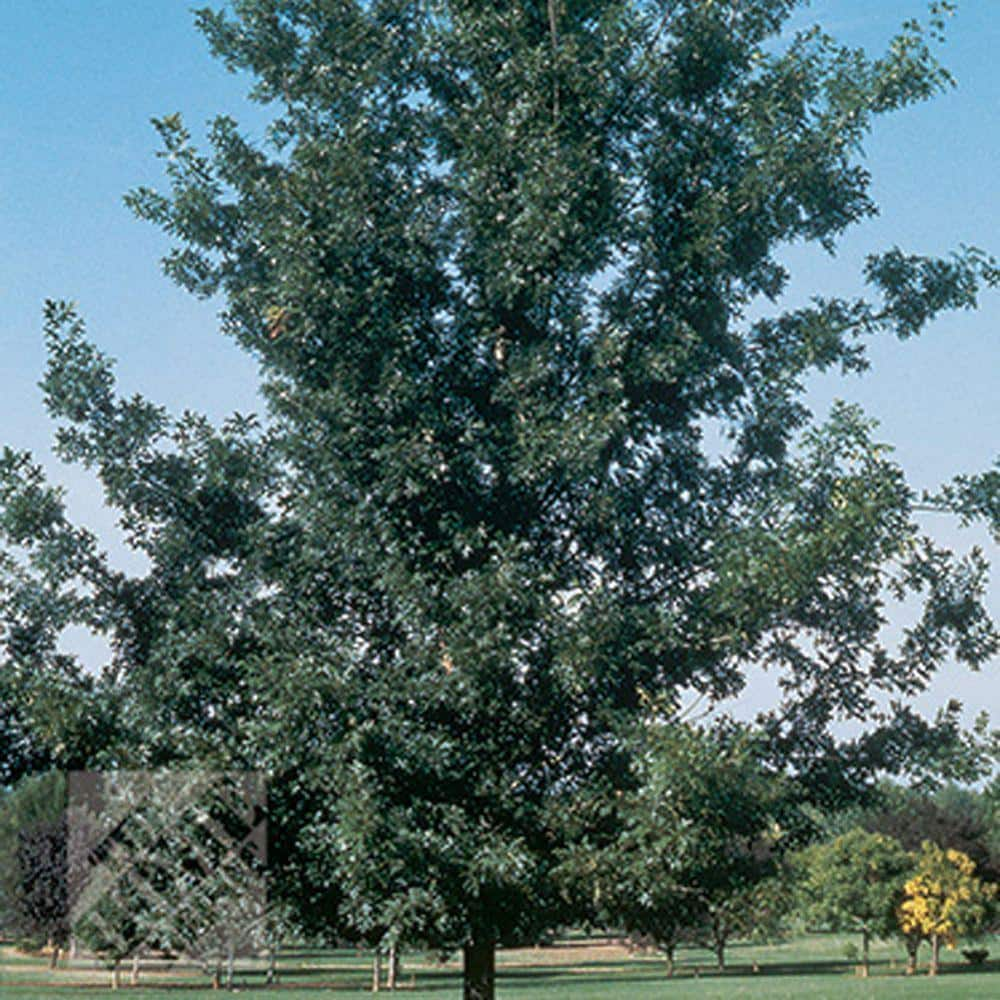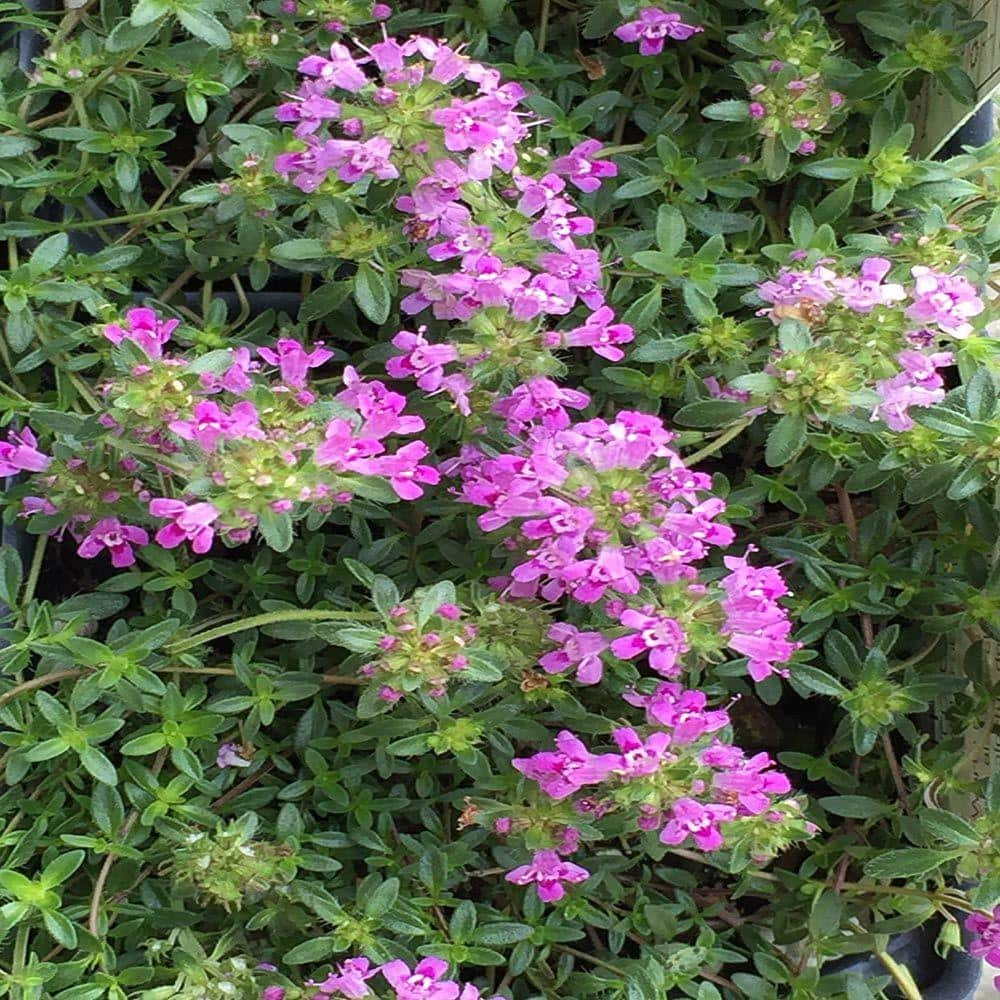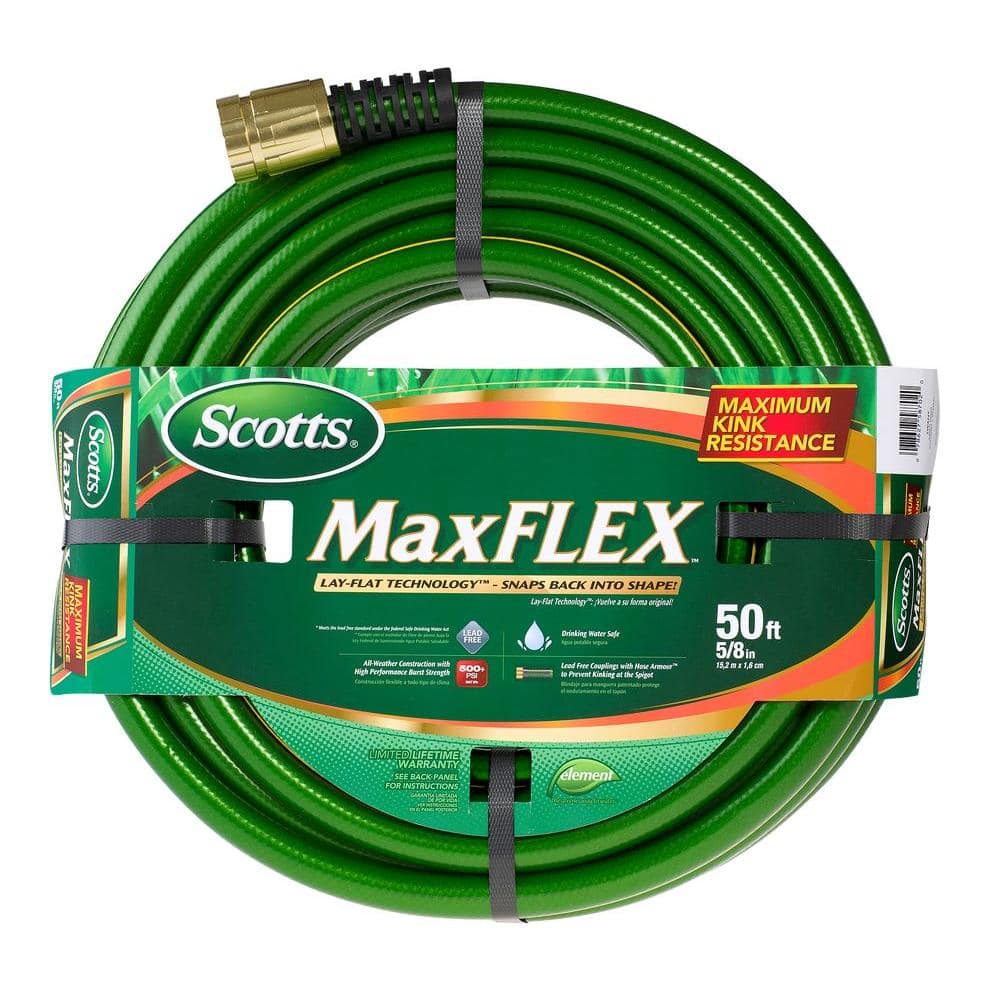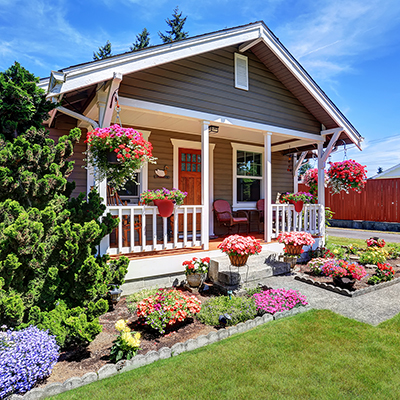Garden Design Ideas

Last updated September 7, 2023
A great garden starts with a plan. Flip through gardening magazines or start a Pinterest board with your favorite designs and decide what your ideal garden would look like. This is the time to dream and brainstorm. If you’re watching your budget, or your time is limited, break down your plan into smaller, manageable parts. You can always add to your design next season or next year.
Table of Contents
How to Choose the Perfect Garden Design for Your Home
Landscape Ideas for Beginners
Design Ideas to Make the Most of Your Space
Modern Garden Design Ideas
Edible Garden Design Ideas
Balcony Garden Design Ideas
How to Choose the Perfect Garden Design for Your Home
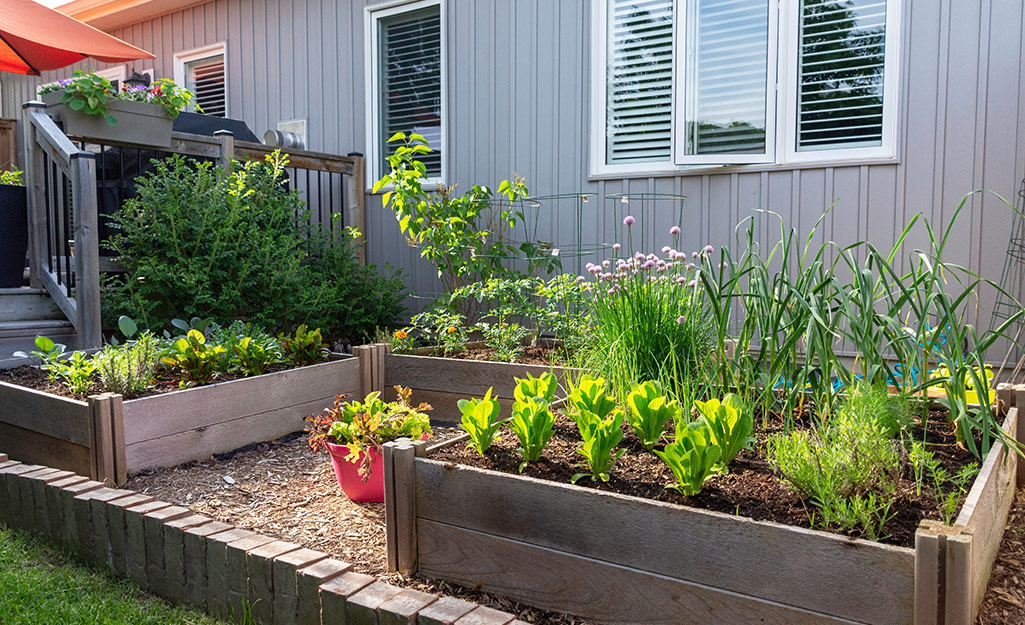
Whether you’re starting from scratch or reworking a garden you already have, the best design is the one that suits your lifestyle. Do you want a garden for growing herbs and edibles, gorgeous flowers or both? Maybe you'd like to create a peaceful garden spot for relaxing in a hammock or a rustic one with an old gate. If you have pets or small children, you may want a tough lawn or other area for play.
- To start your design, measure your available garden space to get a rough idea of how many plants you'll need for different areas. Mark any permanent fixtures you want to keep, such as mature trees, an arbor or an attractive path.
- Next, jot down a list of plants you’d like to use. For best results, choose varieties recommended for your USDA Hardiness Zone. It's nice to have some that provide three seasons of interest, such as shrubs that flower in the spring, produce berries in the summer and change leaf colors in the fall. Some shrubs and trees also have interesting forms and branches you can enjoy seeing in the winter.
- Test the soil in your garden site and adjust the pH, if needed. A pH of 6.5 is fine for most gardens. Work in any amendments the test indicates and rake rocks and roots out of the ground. Some county Extension Service agents can test your soil for you.
Landscape Ideas for Beginners

- Before you plant, watch the sun as it moves across your garden site. Sun-loving roses and other flowers, along with edibles like tomatoes, need lots of sunlight, while crops like lettuce and foliage plants like coleus can tolerate some shade. Give your plants the right amount of light and don’t let tall plants shade shorter ones.
- For a low-maintenance garden, choose easy-care natives or drought-tolerant plants that don’t require a lot of watering.
- Hydrangeas and many other shrubs are easy to grow. Put them around your lawn to make a garden room. Add a swinging chair for fun.
- If you don’t want to have to replant every year, grow daffodils, crocus and other bulbs, or perennials like purple coneflowers, dianthus and peonies.
- Look for plants with staggered bloom times so you’ll have an ongoing flower show.
- Refresh the mulch in tired-looking beds and borders.
- Add a simple focal point, such as a bird bath or garden sculpture.
- Hate mowing? Reduce the size of your lawn and grow groundcover plants instead of grass. You could also create a rock garden in part of your lawn and accent it with columbines, sedums and other plants.
Design Ideas to Make the Most of Your Space

What you want to grow will determine how much space you need. It will also help you figure out where to plant. Plants like pumpkins and watermelons produce long vines that run over the ground, so they need lots of room. Asparagus needs a permanent garden bed, so don’t put it where you’ll have to move it.
- Mix edibles with your ornamentals. Be sure to use plants that have the same basic needs for sun and water.
- Use containers filled with quality potting mix. Window boxes, planters and hanging baskets can hold herbs, small edibles, bulbs and annuals.
- Put a dwarf or semi-dwarf tree or shrub in a large container. Make sure the containers have drainage holes so excess water can escape.
- If you run out of room in the ground, go up. Train vining or climbing plants to run up and over trellises, arbors, fences and other sturdy structures. Be careful about letting them latch directly onto walls. Some, like English ivy, have aerial roots that can get into cracks and joints and cause serious damage.
- Add charm and color by tucking tiny plants that don’t mind foot traffic between stepping stones or pavers. Some, like creeping thyme, have a nice scent when they’re crushed.
Modern Garden Design Ideas
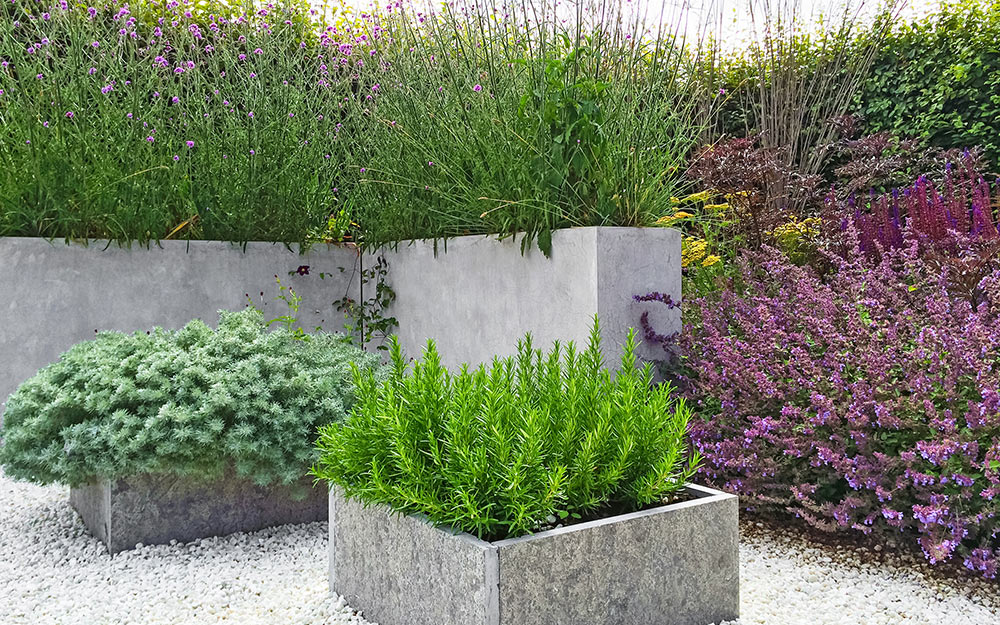
There are many garden styles to choose from, including traditional, Japanese, formal, rustic, coastal, desert, eco-friendly and cottage garden.
Contemporary gardens, also called modern gardens, are trendy and popular. Because they use fewer plants than other types of gardens, they’re great for small yards and homeowners who don’t want a lot of upkeep or to use large amounts of water. Contemporary designs are often bold and dramatic-looking.
For a contemporary garden, consider using:
- Hardscaping materials like stone, concrete, metal and wood. You could make a walkway, for example, with geometric pavers, or form steps with steel edging and fill them with gravel.
- Planters and containers with simple, clean lines or geometric forms. If they’re large enough, let them hold topiaries, Japanese maples or other specimen plants.
- Plants with interesting foliage and textures like hostas and ornamental grasses, or sculptural forms like spiky agaves, yuccas or clipped boxwoods. In contemporary gardens, plants can almost pass for sculptures.
- Add a fountain, pond or other water feature as a focal point.
- Make beds with angular shapes and don’t crowd them with too many plants. Remember, in contemporary gardens, there are fewer plants, but they stand out.
- Mulch the soil around them with stones, slate or other materials in natural colors.
Edible Garden Design Ideas
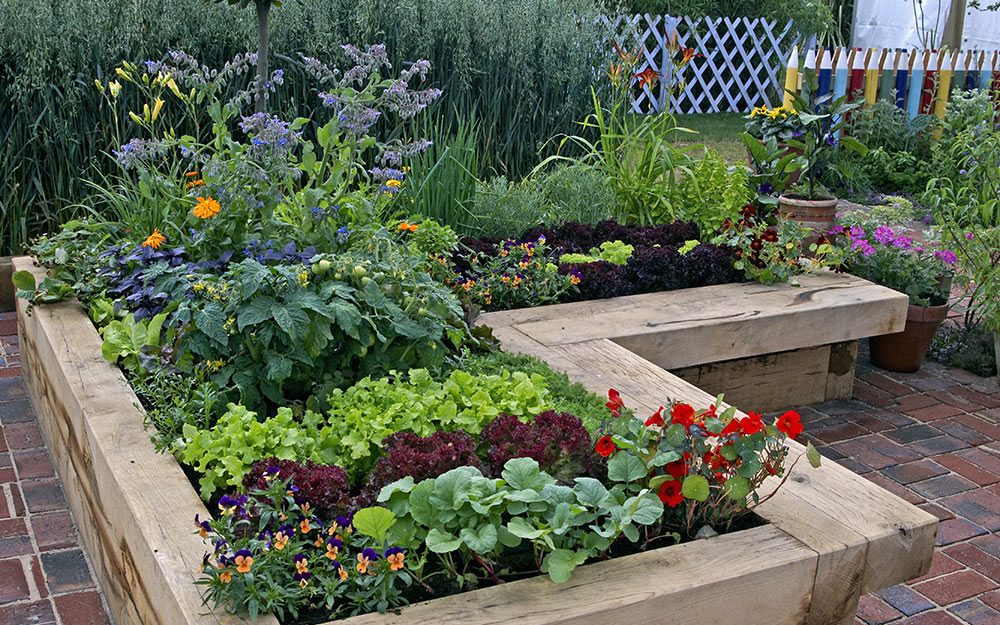
With an edible landscaping design, you can plant only food crops or mingle fruits, vegetables and herbs with ornamental plants. If you’re doing this in a front yard, make sure this is okay with your homeowner association, if you have one, and with your local zoning board.
- Instead of shrubs, choose berry bushes like dwarf blueberries or raspberries. Don’t use them around your foundation, since most are deciduous and will look bare in winter.
- Edge flower beds with low-growing kales or compact lettuces.
- Let strawberries dangle from window boxes and hanging baskets. Watch out for hungry birds if you want to harvest the berries.
Balcony Garden Design Ideas

A balcony garden makes outdoor gardening accessible for apartment dwellers. Balconies usually don't have much square footage, so make the most of vertical space by installing wooden shelves for herbs and other plants. You can also hang plants and flowers with plant hooks or macrame plant hangers to name a few. Installing artificial grass over the concrete on your patio will also provide a nice touch. Although a small area, a garden balcony can be an amazing space to transform into your personal oasis.
Low Maintenance Garden Design Ideas
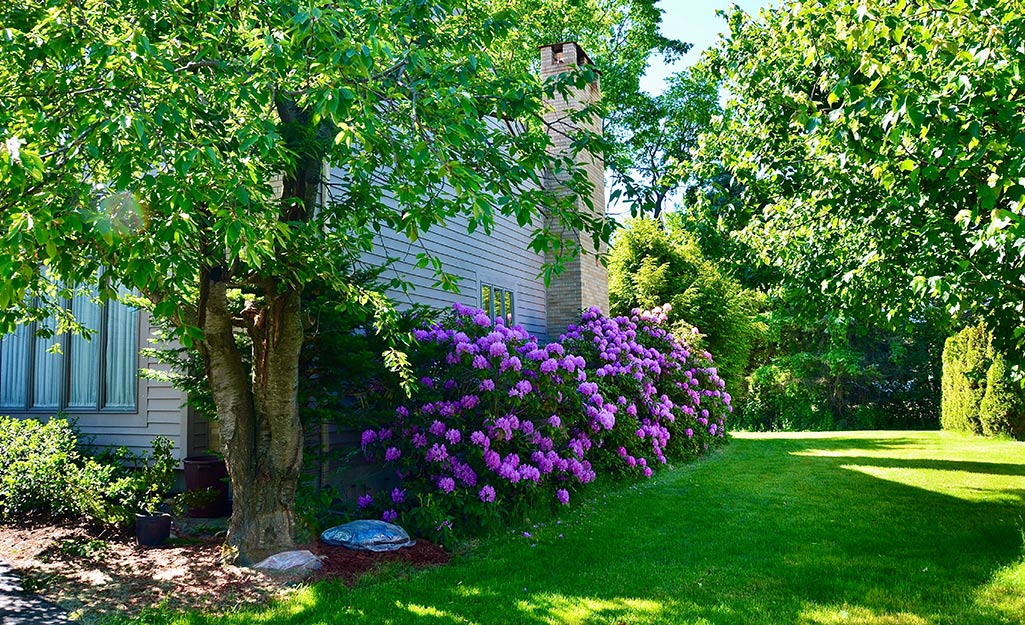
When you want to enjoy your garden space but simply don't have the time or energy to put into it, a low maintenance garden is the answer. When choosing your low maintenance trees and shrubs, choose ones that are suited to your soil and climate. Some common ones include euonymus, berberis, magnolia and hardy herbs such as lavender. Low maintenance plants like coneflowers, hostas, ferns, baptisia, peonies or succulents will make a great, colorful addition to your garden. Also, the layout is important when planning your low maintenance garden. Plant flowers and shrubs that require more watering than others close to your natural walkway for ease and accessibility.
Rose Garden Design Ideas
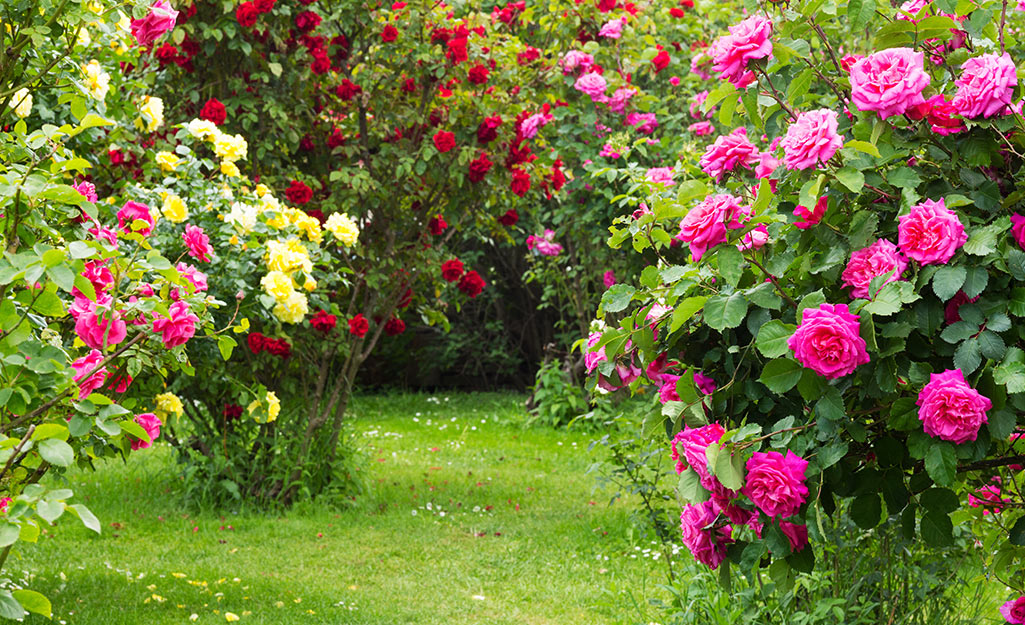
Roses are a crowd favorite and for very good reason. They grow in a variety of sizes and colors with a fragrance that's unforgettable. These beautiful but resilient flowers can grow on a patio, in your backyard, garden or even a containter. Before picking your roses for your garden, consider the sunlight, water and soil requirements of the variety you desire. Choose a variety that will thrive in your climate. You can opt for one shade of roses for a dramatic effect or plant a colorful mix of your favorites, the choice is yours.
Attracting Wildlife Garden Design Ideas
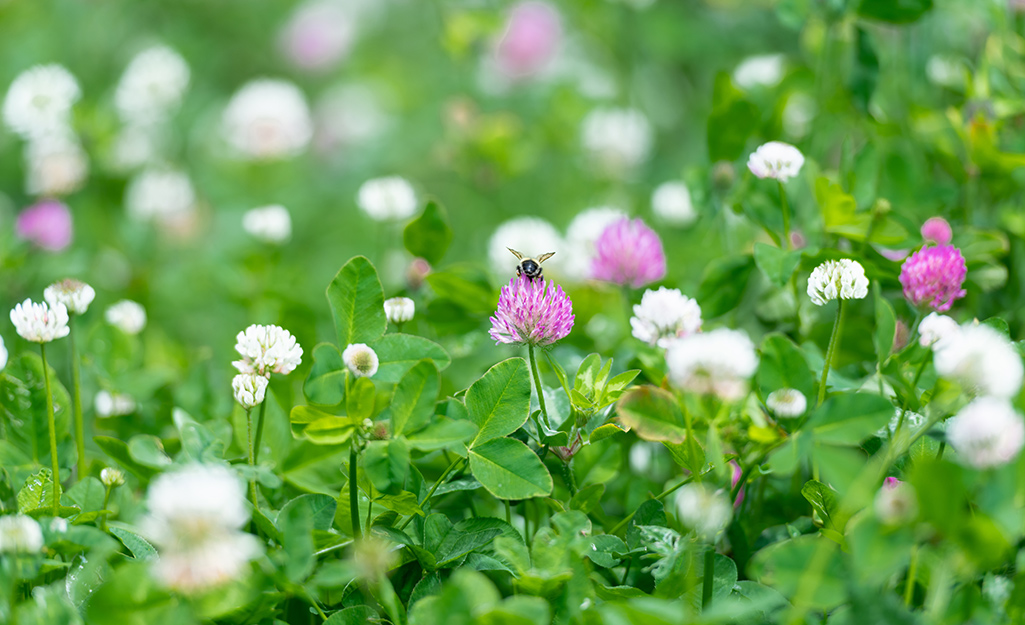
If you want to be one with the wildlife around you, these garden design ideas will help you do just that. An important thing to consider when wanting to attract wildlife is the number of plant species in your garden. The higher the number of plant species, the more likely you'll be able to attract different types of wildlife. Nectar-rich plants are ideal for attracting bees and butterflies. Bees can see the color purple best, so lavender, alliums, buddleia and catmint are ideal. Some great plants to attract butterflies are red valerian, sedum, hebe and wild marjoram.
Climbing plants are also a great addition to your garden. Covering walls, fences and buildings, they often mask
unsightly features and provide a romantic aesthetic to your outdoor space. Climbers are also great for birds to nest in, butterflies to hibernate, or to help bees take cover in rain.
Some common climbing plants are ivy, star jasmine, wisteria and climbing roses.
Your garden should be a place where you can relax and enjoy it anytime of the day. The design will depend on your taste and if you want any practical usage out of it. Download The Home Depot Mobile App to get all the materials you need.





